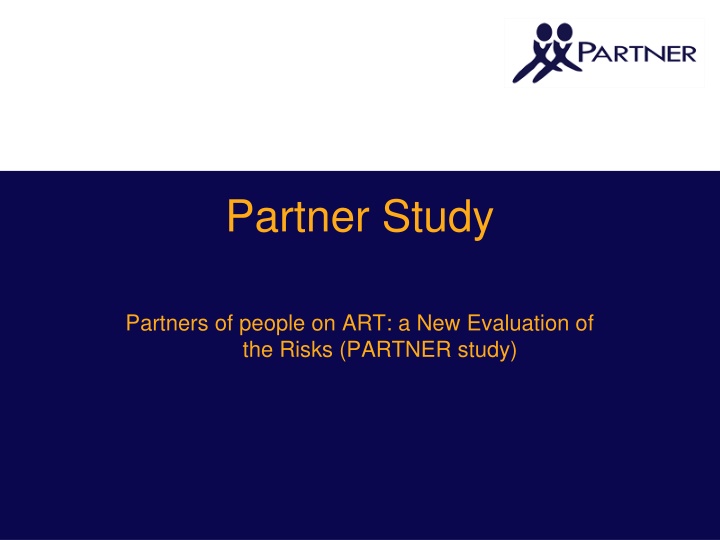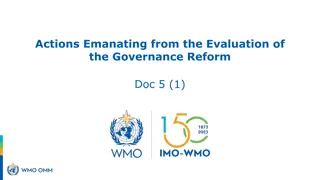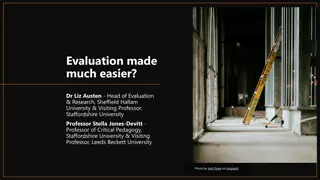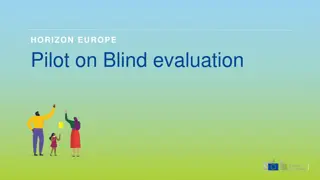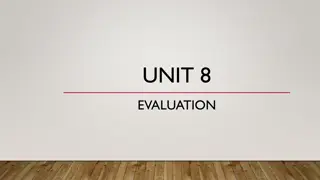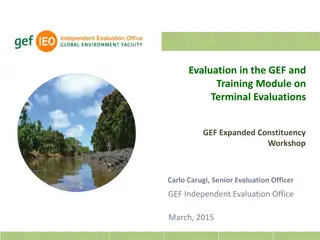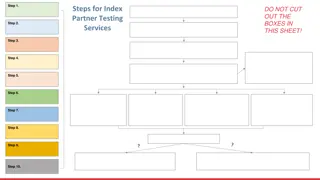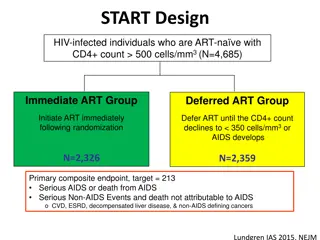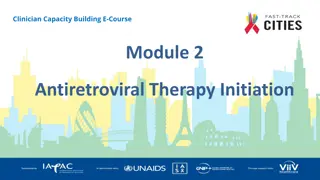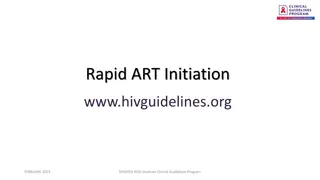Partner Study: New Evaluation of Risks for People on ART
The Partner Study aims to assess HIV transmission risks among sero-different couples where the HIV-positive partner is on antiretroviral therapy. Funded by NIHR and conducted by UCL and CHIP, the study focuses on understanding transmission rates during unprotected sex, particularly among gay men. Objectives include studying risk factors for non-condom use and tracking changes in condom adoption. Inclusion criteria involve HIV-positive individuals on ART with an HIV-negative partner. The study seeks to provide crucial data to enhance understanding of transmission risks in various scenarios.
Download Presentation

Please find below an Image/Link to download the presentation.
The content on the website is provided AS IS for your information and personal use only. It may not be sold, licensed, or shared on other websites without obtaining consent from the author.If you encounter any issues during the download, it is possible that the publisher has removed the file from their server.
You are allowed to download the files provided on this website for personal or commercial use, subject to the condition that they are used lawfully. All files are the property of their respective owners.
The content on the website is provided AS IS for your information and personal use only. It may not be sold, licensed, or shared on other websites without obtaining consent from the author.
E N D
Presentation Transcript
Partner Study Partners of people on ART: a New Evaluation of the Risks (PARTNER study)
Study overview Funded by: The National Institute of Health Research (NIHR) in England Sponsored by: UCL University College London Conducted by: UCL and CHIP - Copenhagen HIV programme
National Coordinators Dr Armin Rieger, Prof Nathan Clumeck, Dr Lars Mathiesen, Dr Matti Ristola, Dr Christian Pradier, Dr Jan Van Lunzen, Dr Gr inne Courtney, Prof Antonella d'Arminio Monforte, Prof Francisco Antunes, Dr Vincente Estrada, Dr Katarina Westling, Prof Pietro Vernazza, Prof JM Prins, Dr Alison Rodger, Austria Belgium Denmark Finland France Germany Ireland Italy Portugal Spain Sweden Switzerland The Netherlands UK Sites as of Sep. 2011: 65
The data that PARTNER study will provide HPTN 052 trial The trial clearly indicates that risk of transmission between serodifferent heterosexuals is very low when the seropositive patient is on ART. However we do not yet know how many couples used condoms consistently so we do not yet know from the trial (or from other studies) exactly what is the estimated transmission rate during unprotected sex Which is what we are studying in PARTNER. - It seems likely that based on the results of 052 more couples will have sex without condoms. - we urgently need more prospective observational data that will help to know exactly how low is the transmission risk under fully suppressive cART. In particular, we need data for gay men: we know transmission risks are different for anal sex.
Objectives 1. To study the risk of HIV transmission to HIV negative partners. Enrolled couples are partnerships that continue not to use condoms consistently and the HIV-positive partner is on therapy (with a viral load < 50 copies/mL) 2. To study why some partnerships do not use condoms. The study will also look at the proportion who begin to adopt consistent condom use, and factors associated with this.
Inclusion criteria for the sero-different pair On ART (regardless of viral load) Age > 18 Has an HIV negative partner Partners have had sex without condom (penetrative anal or vaginal intercourse) together in the past month Partners expect to have sex together again Blood sample from both partners in case of transmission Exclusion Pregnancy (only at enrolment)
Both partners will be seen at least every 4-6 months The HIV positive partner : can have the questionnaires given to them at their regular clinic follow up visit The HIV negative partner: min. 2 visit pr. year incl. HIV test and questionnaires The partners do not have to attend study visits together
Sample size Aim to recruit and follow sufficient number of partnerships in order to collect a total of 3,333 persons-years of prospective follow-up. Initially, 1650 partnerships will be identified, with the intention to follow them for 2 years. If for any reason a partnership chooses/is unable to contribute for the entire length of time, replacement will occur to achieve the overall target of 3,333 person-years. Anonymization of data Data on partnerships will be anonymized de-linked at intervals after the partnership is no longer under follow-up,including for partnerships where the HIV- person becomes infected. In such cases, virus from the HIV+ and (formerly) HIV-person will be compared after anonymization.
Analysis The primary analysis will be estimation of the rate of infection in partners per person year of unprotected sex partnership where the index patient has viral load <50 c/mL, excluding new infections that are shown to be phylogentically distinct from the HIV positive partner s virus; i.e. transmission has not been from the HIV positive partner. This will be calculated as the number of infections identified at the end of eligible periods divided by the sum of the person time over eligible periods (see below for definition of eligible periods).
Case Report Forms (CRFs) Enrolment and Follow-up CRFs entered online
Introducing the study to potential participants
Why is this study important? Even with recent studies on transmission (The Swiss statements 2008 and HPTN052, 2011) we are still lacking important information about HIV transmission risk Especially lacking is information about risk reduction in gay partnerships Lacking also information about condom use and sexual behaviour in relation to transmission risk The PARTNER study will attempt to answer these question to improve the information to HIV positive people and their sexual partners and , to improve treatment strategies
Strategies for enrolling pairs at site Start with asking if they have an HIV negative partner If yes, give a VERY short introduction to the PARTNER study and refer to the research nurses/staff It is recommended for the study nurse to inquire about sex without condom and other inclusion criteria. Some HIV positive people may not feel comfortable discussing this with their physician.
Presenting the study We are looking for sero-different couples The study aims are to understand transmission risk ART lowers the transmission risk We know that some sero-different pairs are not always having sex with condoms You have the opportunity to participate in the study at this clinic There are over 400 pairs currently enrolled Would you like to know more about the study?
Presenting the study Inclusion criteria: Do you have a negative partner? Provide them with the information pamphlet Has the couple had sex without a condom once in the last month? (If they forgot to use a condom, and occasionally forget, that also meets inclusion) Present the visit and the questionnaires Questionnaires are anonymous HIV positive partner does not have to come more than usual HIV negative partner needs to visit twice a year (or max 4 visits in 2 years)
